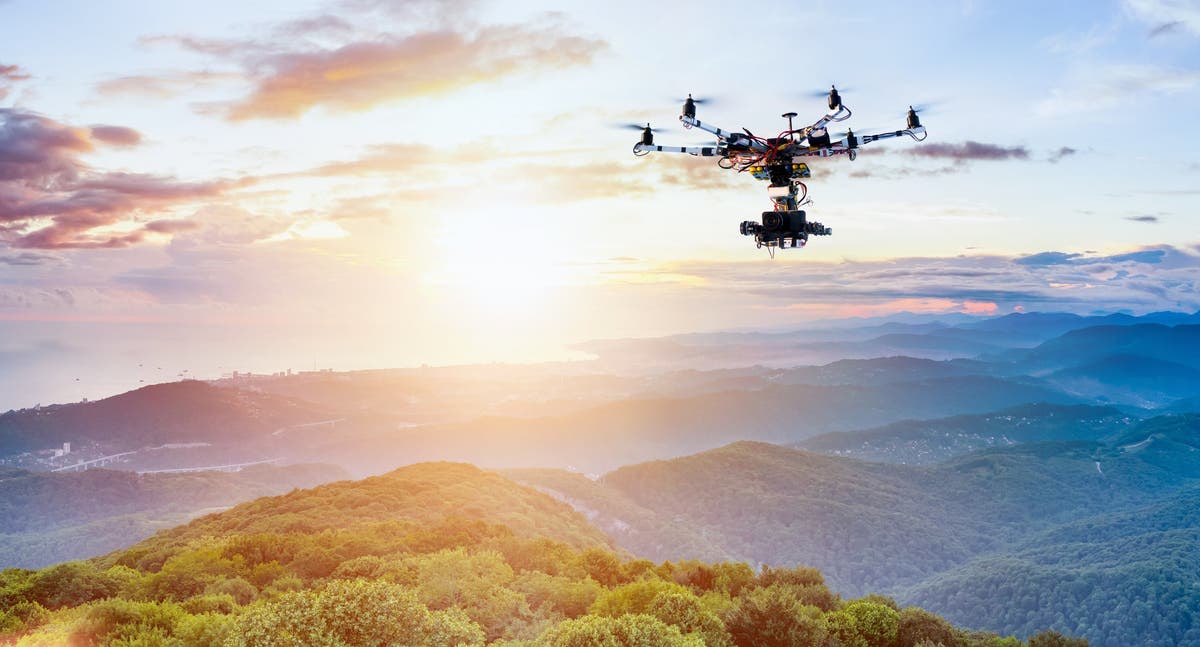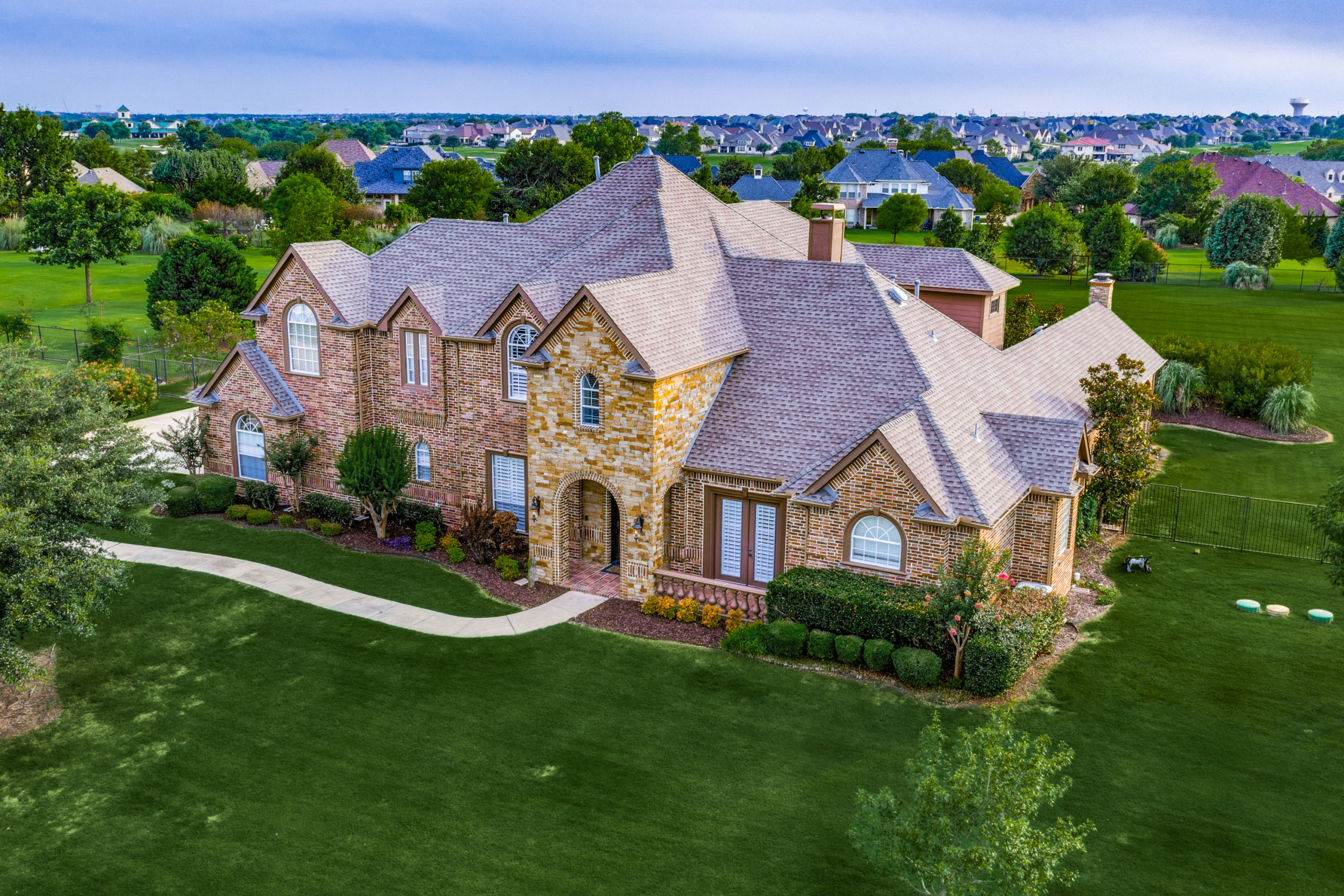Transform Your Viewpoint: The Art and Scientific Research Behind Drone Digital Photography
Drone photography stands for a substantial junction of artistic vision and technical development, allowing creators to record point of views formerly unattainable. Comprehending the technicians of drone modern technology, from tools selections to structure strategies, is vital for accomplishing compelling images. Considerations such as lighting and ecological conditions can greatly affect the final end result. As photographers improve their abilities in both aerial method and post-processing, they unlock a richer narrative potential. Yet, what truly identifies efficient drone photography from plain airborne pictures? Discovering this question discloses much deeper insights into the craft and its developing landscape.
Recognizing Drone Modern Technology
Recognizing drone technology is necessary for anyone thinking about utilizing its capabilities for photography. Drones, or unmanned airborne lorries (UAVs), count on a combination of software and hardware to achieve flight and capture images. At their core, these devices are geared up with sensing units, electronic cameras, and navigation systems that allow them to fly autonomously or be regulated remotely.
The key elements of drone innovation consist of the trip controller, which acts as the mind of the drone, refining data from various sensors to guarantee stable trip. Additionally, GPS innovation plays an essential role in navigation, making it possible for drones to adhere to pre-defined trip paths and preserve their setting also in difficult conditions.

Moreover, recognizing the governing landscape bordering drone usage is important, as it regulates where and how drones can be run, making certain security and compliance. Experience with these aspects of drone modern technology equips professional photographers to maximize their creative possibility while adhering to lawful guidelines.
Necessary Equipment for Drone Digital Photography
Choosing the best equipment is critical for accomplishing outstanding outcomes in drone photography. At the heart of this setup is the drone itself, which need to be selected based upon flight stability, video camera high quality, and ease of use. Popular designs typically feature built-in high-def cameras that record magnificent airborne images.
Along with the drone, purchasing a high-quality electronic camera is necessary. Many drones come furnished with electronic cameras efficient in shooting in 4K resolution, however, for professional-grade outcomes, consider a drone that allows for compatible cameras or sustains larger sensors. This versatility can dramatically enhance image quality.
Stabilization is one more vital element. A three-axis gimbal is recommended for smooth video footage, reducing resonances that can diminish picture quality. Extra batteries and a trusted battery charger ensure extended flight time, enabling for more detailed shoots (real estate drone photographer).
Understanding Structure Methods
Grasping structure methods is essential to elevating your drone digital photography from ordinary to extraordinary. A well-composed image records the visitor's attention and communicates a powerful narrative.
Among the crucial concepts to think about is the guideline of thirds, which involves dividing your structure right Clicking Here into a grid of 9 equivalent components. Positioning essential elements along these lines or at their crossways produces visual passion and equilibrium. Furthermore, leading lines can direct the customer's eye with the photograph, accentuating the subject and adding depth.
Another effective strategy is framing, where all-natural components such as trees or buildings encase the topic, improving the prime focus. This approach not only gives context yet also creates a feeling of intimacy within the scene.

Lastly, constantly be mindful of the perspective line. A jagged horizon can sidetrack and detract from an or else fascinating photo. By grasping these composition methods, you can considerably enhance the influence of your drone photography.
Lights and Weather Factors To Consider
In drone digital photography, the interplay of lights and weather condition can significantly affect the quality and state of mind of your pictures. Optimum lighting problems are important; the gold hours-- quickly after dawn and prior to sunset-- provide soft, diffused light that enhances colors and decreases harsh shadows. Throughout these times, the landscape shows up more dynamic and lively, enabling awesome aerial shots.
On the other hand, cloudy skies can produce a flat, low-key palette, yet they can likewise supply also lighting that reduces contrast and highlights information in the environment. This can be helpful for recording textures in urban settings or complex patterns in nature.
Weather conditions, such as haze, snow, or rainfall, can also add distinct aspects to your photography. Haze can create a sense of mystery, while rain can enhance colors and saturate the landscape. Nonetheless, it is crucial to consider the safety of your drone; flying in unfavorable climate condition can cause devices damage or loss of control.
Inevitably, understanding exactly how illumination and weather condition affect your airborne shots allows you to choose the ideal conditions for your drone photography, making sure compelling and aesthetically striking photos.
Post-Processing Idea
After capturing stunning airborne pictures, the next step includes refining those shots through post-processing. This crucial stage improves the visual effect of your photographs, enabling you to highlight the distinct point of views that drones offer.
Begin with software application tools like Adobe Lightroom or Photoshop, which offer durable editing capabilities. Begin by fixing exposure and white equilibrium to guarantee that your shades appear lifelike. Utilize pie chart checks to accomplish optimal brightness degrees, staying clear of too much exposure or loss of detail in darkness.
Next, boost contrast to include depth to your photos. Adjusting clarity can hone important details without introducing noise, which is especially beneficial in aerial shots where appearance plays a considerable duty. Don't avoid cropping; this can assist concentrate the audience's focus on the main subject.
Shade grading is another effective click for source tool. Trying out saturation and vibrance to make the landscape pop, but use these changes carefully to maintain a natural appearance. Finally, think about using a mild vignette to lead the audience's eye toward the center of the picture. By grasping these post-processing methods, you can elevate your drone photography to new heights.
Final Thought

What really differentiates efficient drone digital photography from mere aerial snapshots? Many drones come equipped with cams qualified of capturing in 4K resolution, but for professional-grade outcomes, consider a drone that enables for interchangeable electronic cameras or supports larger sensors. By grasping these structure methods, you can substantially enhance the impact of your drone digital photography.
In these details drone digital photography, the interaction of illumination and climate can substantially affect the high quality and state of mind of your pictures (drone photographer). By grasping these post-processing strategies, you can raise your drone photography to brand-new elevations